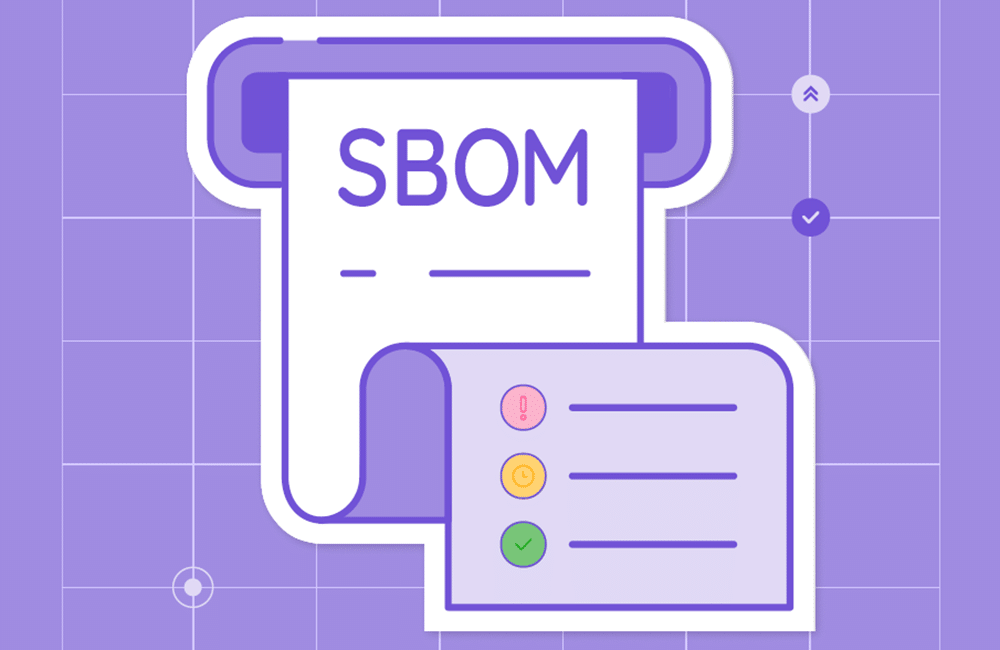Open Source Analysis Extends Your Visibility

Table of Contents
When we think of open source analysis, security is often the first thing that comes to mind. But open source analysis is so much more than just security. It gives you visibility into your codebase to help you understand and manage your open source components. In this blog, we’ll define open source analysis, look at why it’s important to your business, and describe the characteristics of an effective open source analysis framework.
What Is Open Source Analysis?
Open source analysis gives you visibility into your open source code. It is a multifaceted approach to managing the open source components that make up your enterprise’s codebase. By giving you a more granular view into your codebase, open source analysis helps you:
- Identify the provenance of your open source components
- Check for licensing compliance
- Determine whether you have any open source components with known security vulnerabilities
In addition to giving you insight into your codebase, open source analysis also helps you remediate any defects you might have uncovered and ensures your open source usage is compliant with your organization’s policies.
Open Source analysis gives you greater control over your open source components and helps you mitigate the risks associated with using open source components before your business is compromised.
Why Do You Need Open Source Analysis?
Now that you know what open source analysis is, perhaps you’re asking yourself whether it’s really necessary? How big of a deal is open source anyway? After all, your company develops proprietary software, so why are you worrying about open source software?
First, a little background.
A Brief Introduction to Open Source Usage
The proliferation of cloud environments and software as a service (SaaS) has profoundly changed the way in which we develop software. The software development life cycle (SDLC) is continuously shrinking. No longer are releases happening every 3-6 months. Instead, software updates are happening bi-weekly, weekly, or sometimes even daily.
To make these ever-tightening deadlines, development teams rely heavily on open source components. Instead of reinventing the wheel, developers use existing open source libraries to achieve the required new functionality. Not only is this more efficient, but with so many eyes looking at each open source project, open source code often is of higher quality, more secure, and more flexible in its functionality.
The Rise in Open Source Vulnerabilities
It is estimated that open source software currently comprises 60-80% or more of organizations’ codebase across all industries. With the increase in open source usage comes the potential increase in open source security vulnerabilities. This means you need to ensure all your open source components are being updated and maintained regularly to guard against security vulnerabilities.

By not understanding the breadth of your open source usage and by failing to consistently update these components to meet current standards, you put the functionality of your software and the security of your enterprise at risk, not to mention the security of users who consume your software.
In the beginning, enterprises tracked their open source components manually using spreadsheets, emails, or ticketing systems. As usage exploded, these methods didn’t scale and became untenable. Managing open source usage needed to be automated, which resulted in the creation of open source analysis tools, also called software composition analysis (SCA) tools.
What Are the Key Characteristics of an Open Source Analysis System?
Now that you understand the need for open source analysis, let’s consider the key characteristics of a comprehensive open source analysis system. In addition to broad support for a wide range of programming languages, open source analysis should provide comprehensive coverage in the visibility, reporting, remediation, and compliance.
Visibility
A good open source analysis system gives you complete visibility into all your open source components. Think of this as an inventory audit. You need to understand the makeup of your open source components if you want to manage, update, and secure them.
Reporting
The types of reports generated by your open source analysis are key. The following are necessary to understand your open source code:
- Security vulnerabilities. A comprehensive report of all known vulnerabilities from a wide range of sources helps identify all security vulnerabilities in your open source code.
- Bug fixes. This provides detailed information on any high priority bug fixes in relevant open source libraries.
- Attribution. This includes licensing, copyrights, and other relevant notices such as permission notices.
- Inventory. Also called the Bill of Materials (BOM) report, this report shows libraries by organization and product.
Remediation
Once you have identified open source vulnerabilities, you need to fix them. With so many known vulnerabilities, you need an efficient way to remediate these security threats, so look for a solution that offers the following:
- Prioritization. You need to address your most critical alerts first, so choose a system that allows you to filter out low-priority alerts by identifying whether your software is actually accessing dependencies with known vulnerabilities.
- Automation. Patches and updates can be extremely time sensitive, not to mention time consuming to implement. By selecting a tool that automates this process, you can save time and reduce your company’s overall exposure.
Compliance
All your open source components must meet your company’s policies and guidelines. This is especially true when it comes to open source licensing. Some open source licenses are more permissive than others. You want to make sure your proprietary software is not compromised because of a problem with an open source license.
Why You Need Open Source Analysis Now
The bottom line is open source analysis helps you mitigate risk. If you aren’t managing your open source software, you have no way of knowing whether you are putting your organization at risk due to licensing violations or security vulnerabilities. Visibility is essential here. The only way you can guarantee your business is secure is by knowing what open source components you are using, that you are in compliance with all licenses, and that your open source code is free from any known security vulnerabilities.





